How much effort does stock photography take?
One thing that beginners don’t appreciate is how much work goes into stock photography. If you track your earnings per hour, it can sometimes look pretty depressing unless you are taking the photos because it is also something you enjoy doing. As a practical example of what I mean, I recently went on a short trip to Colorado to see some friends and, or course, take some photos, including the climbing ones I blogged about last week. Total time in Colorado was 4 days and we were pretty active, starting with sunrise shots in Denver:
Followed by a long stroll through the city spotting stock opportunities along the way:
Then a drive through the mountains to our destination – Buena Vista:
Then a few side tours to see places of interest – in this case, Cottonwood Pass just outside Buena Vista:
The climbing came next, but also an opportunity to watch expert kayakers in the white water playground that runs through the center of the town:
And, finally, a couple of hours drive to see the Great Sand Dunes National Park – luckily I grabbed a few shots from the road leading to the park as the clouds then came over and we had a very poor end to the day – no sun, no shadows…
OK, so good. In the 4 days I took just over 1000 images – of course, some were stitched panoramas, some were HDR shots, and so that wasn’t 1000 unique images, but I ended up with 200 appropriate stock images from my editing process. So I had to process each one, take quite a number of the climbing ones into Photoshop to remove marks and designs from the climbing helmets, belts, shoes, shirts because although I had model releases, they were not really released without the removal of trade marks. Although I didn’t accurately track my time, I probably spent about 30 hours over the next 10 days processing and fixing the images in Lightroom and Photoshop. To give you some idea, out of the 200 images, about 75 needed to have some cloning or other work in Photoshop in this batch. Even so, 200 photos in 30 hours is about one every 9 minutes! Then I have to keyword them. Because they form quite a varied collection – I don’t want too many images of the same basic subject – the keywording isn’t a matter of doing one and copying to a big group of similar images. As a result, I have spent probably another 15 hours in total in describing and keywording each image. I use the Microstock Group keywording tool to help with this process, but even so, I try to keep my images a bit different to the most popular keywords for similar shots.
Then, I need to upload and get them accepted into the various sites. I haven’t done that yet, but I suspect that I will spend another bunch of hours on that in the coming days and weeks. Overall, a three day vacation and shoot turned into 200 saleable images after probably 50 hours of work. Bear that in mind if you are looking at this purely as a business venture.

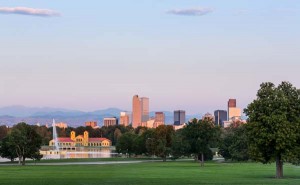

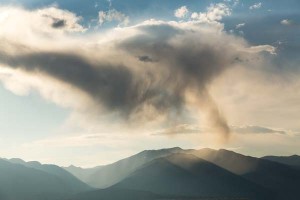
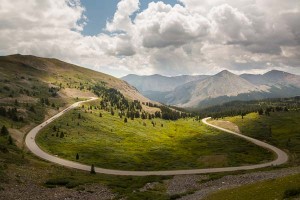
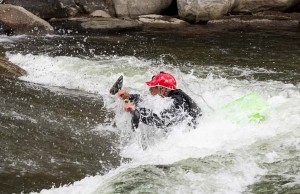
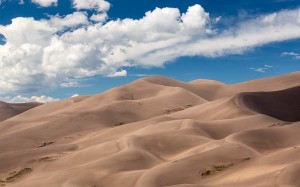






Great post Steve – interesting to gain an insight into how many microstock images you end up with – and the time it takes. Of course the killer is when the carefully crafted image gets rejected from “you-know-where” for some baffling reason. I’m finding that my success rate is around 90 – 100% on most sites and averaging 54% on y-k-w – mostly for poor lighting or poor composition. Although one batch was rejected for everything – light; noise; composition; focus. Must have forgotten to take the lens cap off and didn’t notice when processing and key wording etc.
Still have a long way to go to get anywhere near you! Keep posting – always a pleasure to read.
Thanks for the kind comments! The rejections can be soul destroying, especially if you have worked hard on a set of images. Sometimes I can see their point – and some sites have their quirks (Shutterstock doesn’t like narrow depth of field), but getting a lot rejected is hard. For some reason, my last set of Colorado images which had a 90% success on Shutterstock got decimated on Photodune, which is normally pretty fair. In almost all cases, I just go with the flow and ignore it, which keeps me calm! I don’t submit to Fotolia these days – I found the process of submission too hard and the rejections too frequent for my taste. I still get reasonable sales from the ones that are online.
Steve